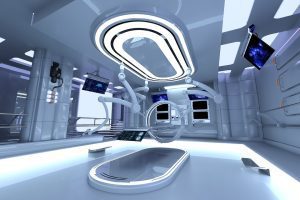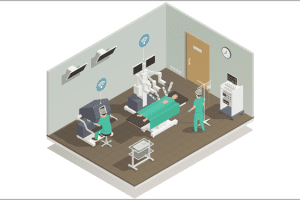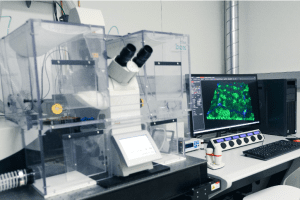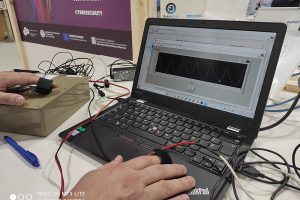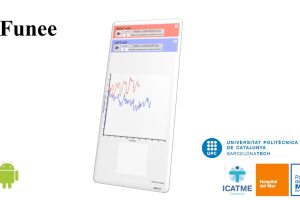- All
- Agricultura
- agrotech (antiguo)
- Agrotech (antiguo)
- Agua
- Alimentación, agricultura y medio marino
- Automoción
- Big Data
- Biomateriales
- blockchain
- Ciberseguridad
- Economía Circular
- Enertronic
- Enertrònica
- Food, agriculture and the marine environment
- Green Car
- IAQ
- ict
- Indoor air quality
- Industria 4.0
- Industry
- Inteligencia Artificial
- Internet of Things
- Materiales de frontera
- microxips
- Mobile Technologies
- Open innovation
- Óptica y fotónica
- Qualitat de l’aire interior (IAQ)
- Realidad Virtual y Realidad Aumentada
- Robótica y Visión
- Sector Salut
- Smart City
- Smart Grids
- Technology
- Tecnologías de Agrotech
- Tecnologías de Infraestructuras
- Tecnologías de la Energía
- Tecnologías de la Producción
- Tecnologías de la Química
- Tecnologías de la Salud
- Tecnologías de la Transformación Digital
- Tecnologías de Logística y Movilidad
- Tecnologías de los Materiales
- Tecnologías de Urbanismo y Sostenibilidad
- Tecnologías del Medio Ambiente
- Tecnologías Químicas y de la Alimentación
- Water
- X
- A team from the Bioinspired Oral Biomaterials and Interfaces (BOBI) research group at the Department of Materials Science and Engineering (CEM) of the Universitat Politècnica de Catalunya - BarcelonaTech (UPC) is taking part in the European project HYDROHEAL, which explores how to transform bone fracture treatment using smart and advanced biomaterials, aiming to reduce the risk of infection and implant rejection, as well as shortening fracture recovery times.
- Neurodegenerative diseases, such as Parkinson's disease, Alzheimer's, and age-related disorders, have been widely studied due to their significant impact on individuals and society. So far, these are incurable and debilitating diseases that lead to progressive degeneration and death of nerve cells, resulting in cognitive and mobility impairments. Tremors, mainly at rest, slowness of movement (bradykinesia), limb rigidity, and issues with gait and balance are typical motor disorders related to Parkinson’s disease. Additionally, due to progressive muscle atrophy, these issues can lead to falls, which in turn result in further complications and risks to quality of life.
- The Biomaterials, Biomechanics, and Tissue Engineering (BBT) Research Group at the Institute for Health Research and Innovation (IRIS) of the Universitat Politècnica de Catalunya – BarcelonaTech (UPC) is leading DYNAMIC, a project aimed at creating multifunctional, stimuli-responsive biomaterials that not only promote bone regeneration but also intelligently and effectively combat bacterial infections.
- 30/09/2024Project Headerrightno-repeat;left top;;auto20px A team from the Centre for Research in Biomedical Engineering (CREB) of the UPC and Sant Joan de Déu has created a new […]
- Barcelona is characterised by a high consumption of bottled water (55% of the population drinks it regularly). The reasons for this behaviour tend to be dissatisfaction with the organoleptic characteristics, perceived health risks and distrust of the quality of tap water.
- The research groups Soft Computing Research Group (SOCO) and Knowledge Engineering Research Group (GREC) at UPC are developing a personalised medicine platform to improve psychological treatment for psychosis. Using predictive models, the tool will foresee the effectiveness of therapy to tailor treatment. The prototype will be tested in a year-long clinical trial with patients worldwide.
- The Radio Frequency Identification and Flexible Electronics (RFLEX) group of the Universitat Politècnica de Catalunya - BarcelonaTech (UPC) is participating in the TELEBREATH project to better address the demand for long-term care in vulnerable groups, such as elderly and dependent people.
- The Radio Frequency Identification and Flexible Electronics (RFLEX) group at the Universitat Politècnica de Catalunya - BarcelonaTech (UPC) is participating in ETEXHEALTH. The project is focused on finding solutions based on the application of electronic textile sensors (e-textile) to monitor biometric variables of the human body and the evolution of diseases in a minimally invasive way.
- An international consortium of universities, hospitals and companies, led by the Centre for Sensors, Instruments and Systems Development (CD6) at the UPC, is developing new technologies based on light and artificial intelligence to improve the diagnosis of various diseases.
- Participants in the HybridNeuro project include researchers from the group BIOART, which is part of the CREB of the UPC. The project is designed to establish a new way of analysing the motor system and human musculoskeletal movements, and the transfer of academic research to clinical practice and industry.
- Every year, over four million patients acquire an infection associated with a hospital stay, according to the European Centre for Disease Prevention and Control and the World Health Organisation. The data indicate that the impact of these infections has led to direct or indirect mortality of 137,000 patients and a cost of seven billion euros annually.
- SARAS: Towards cognitive robotics in surgery Currently, during a laparoscopic or robot-assisted surgical procedure, several units of medical personnel are requested in the operating room: the […]
- The project involves the participation of the Center for Innovation in Electronics, Motion Control and Industrial Applications (MCIA) of the UPC. The main aim is to construct a digital twin to monitor, visualise and manage the state of maintenance of hospital equipment.
- BIOPHOCH, led by the Centre for Sensors, Instruments and Systems Development (CD6), is designed to develop new tools and methodologies for image analysis and processing of data in the health area using photonic techniques.
- Researchers from the Instrumentation, Sensors and Interfaces (ISI) research group are specialised in the development of electronic instrumentation to characterise a person's cardiovascular system in just a few seconds. The reason for this is clear: cardiovascular diseases cause around three out of every ten deaths in the world, which represents over 17 million deaths annually, according to statistics published by the World Health Organization.
- The Multimedia Applications Laboratory (LAM UPC) has developed an application that measures the anteroposterior movement of the tibia with respect to the femur to help in the diagnosis of anterior cruciate ligament knee injuries.












